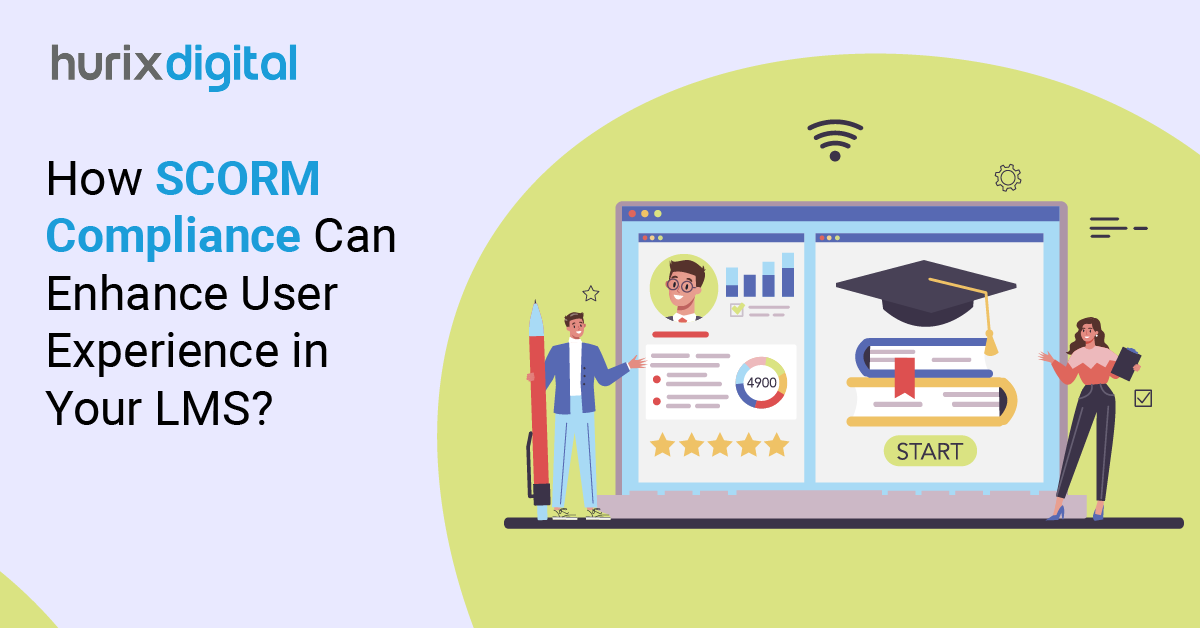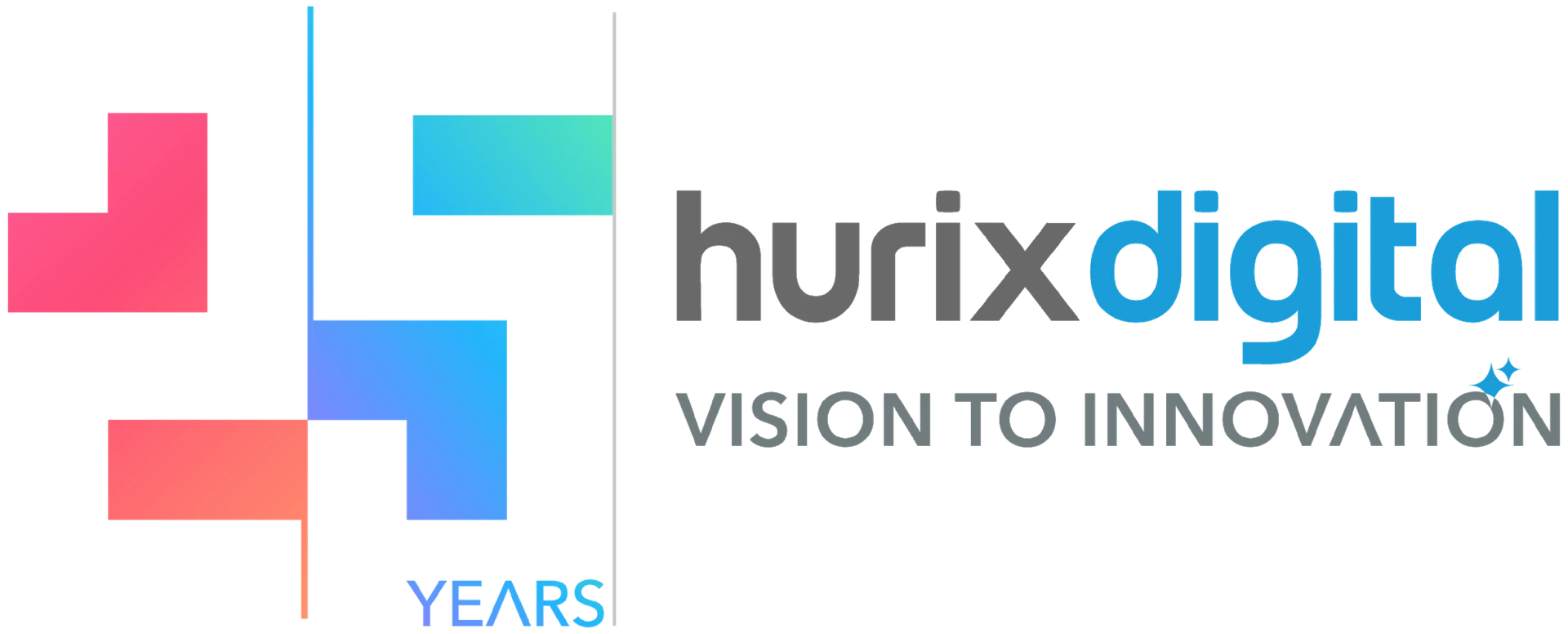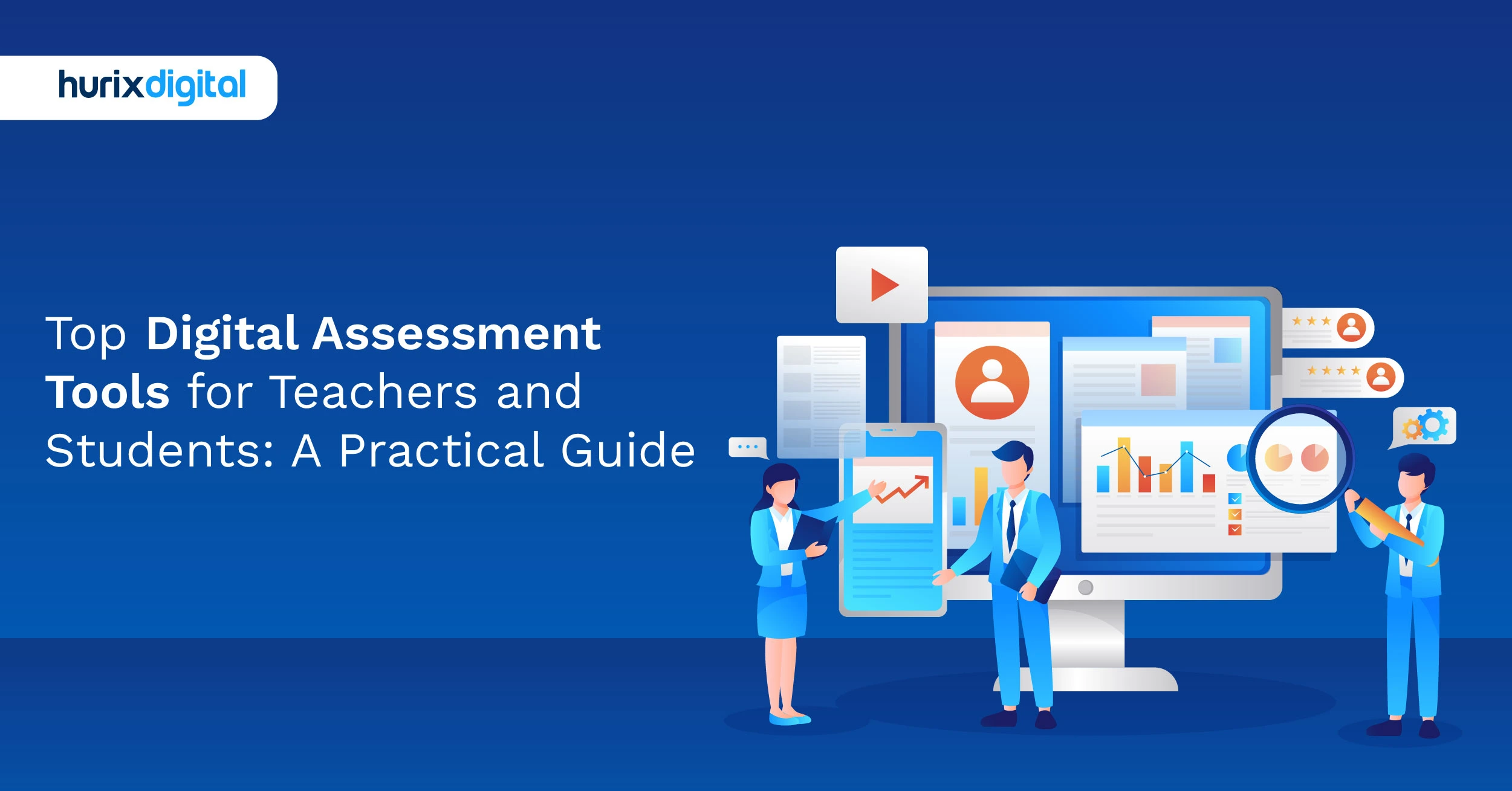
How SCORM Compliance Can Enhance User Experience in Your LMS?
Summarize with:
When it comes to eLearning, one of the key challenges is ensuring a consistent user experience across different devices and platforms. SCORM compliance addresses this challenge by offering detailed guidelines for content structure, rendering, and interaction.
SCORM compliance allows learners to access the content from everywhere, including desktops, laptops, tablets, and smartphones, all while experiencing a smooth and uniform learning journey. This kind of consistency leads to higher engagement and more effective learning outcomes.
In this guide, we will explore more about LMS SCORM compliance and outline some of the ways a SCORM-compliant LMS enhances the user experience.
Table of Contents:
- What is SCORM?
- Benefits of Using SCORM-Compliant LMS
- How SCORM Compliance Enhances User Experience
- Wrapping Up
What is SCORM?
SCORM, or Shareable Content Object Reference Model, is a standard for creating eLearning that seamlessly works with other LMSs (learning management systems). SCORM has today become the industry default or standard for interoperability.
SCORM includes three key elements that work in collaboration to deliver courses through an LMS.
These components are:
- Content Packaging: The SCORM component known as “content packaging” arranges the course materials into a ZIP file for better, quicker, and more effective dissemination.
- Run-Time: A crucial component of SCORM, run-time opens the eLearning course in a web browser so that students may easily access it.
- Sequencing: Another crucial component of SCORM, sequencing guides learners’ navigation as they progress through the course. This makes it possible for consumers to have a more organized and seamless learning experience.
Apart from this, several interesting features make SCORM a useful standard in eLearning. Some of these are listed below:
- Easy plug-and-play functionality with several popular LMS and L&D (learning and development) tools.
- Content creation once and easy distribution across platforms.
- Integration of all learning courses across your stack.
- Industry-standard, which means your training content will be accepted across all major or popular platforms.
For Directors of Educational Program Development, SCORM offers a robust framework to enhance course delivery and learner engagement, ensuring that educational materials are consistently accessible and effectively managed across different learning environments.
Also Read: How to Create SCORM Courses for Enhanced Learner Engagement?
Benefits of Using SCORM-Compliant LMS
There are multiple benefits of deploying a SCORM-compliant LMS. Some of these benefits include:
1. Adaptability
SCORM compliance offers excellent flexibility for creating a variety of content to cater to specific learner needs. Authors can use various tools available on the LMS to manually mix various SCOs (shareable content objects) and create tailored, personalized, and customized training programs for specific groups of learners.
Apart from this, it also helps you write rules that adapt the educational content according to the individual learners’ progress, depending on specific inputs and skill levels.
2. Interoperability
SCORM-compliant LMS software supports easy interoperability between different online learning software products. This means that the content can be developed conveniently using the popular authoring tools without much hassle.
Put simply, SCORM LMS allows you to bring your educational content from almost any eLearning system and operate it from under one single banner.
3. Interactivity
SCORM-compliant LMSs help create content that is likely to be much more engaging and interactive as they use different authoring tools and features. Further, the environment supported by the SCORM standard is itself extremely engaging and stimulating. It offers multiple interactive elements, tasks, and similar items to help learners easily navigate their way.
Additionally, training managers can also add elements such as point scoring, leaderboards, and competitions, as SCORM cloud LMSes facilitate gamification to encourage higher learner and employee participation.
4. Reusability
Another advantage of adopting SCORM-compliant software is the reusability of content. The ability to reuse content not only helps save a lot of time but is also a more affordable option in the long run.
Content reusability is also a useful feature for organizations with high content production and consumption. SCORM’s plug-and-play functionality is quite beneficial here, as it allows for the one-time creation of courses and distribution on a large number of platforms. This also allows training managers to take advantage of any tried-and-tested procedures that are already in place.
5. Consistent User Experience
SCORM compliance guarantees a consistent user experience across various LMS platforms and devices. By following SCORM standards, instructional content maintains its functionality and integrity, ensuring a uniform learning experience for users regardless of the platform. This consistency improves the overall effectiveness of the learning process and reduces technical issues.
6. Detailed Tracking and Reporting
SCORM-compliant LMSs offer advanced tracking and reporting capabilities. They allow educators and administrators to monitor learners’ progress in detail, track their performance, and generate comprehensive reports.
This functionality aids in assessing the effectiveness of training programs and identifying areas for improvement, ultimately leading to better-informed decisions and more targeted instructional strategies.
How SCORM Compliance Enhances User Experience
There are several ways a SCORM-compliant LMS can help enhance user experience. Some of these ways are discussed below:
1. Improved Educational Experience
LMS platforms can ensure that the learning content they provide is easily accessible, consistent, and engaging by adhering to SCORM compliance and standards. These are a few more elements that help to enhance both the user experience and the learning objectives.
2. Efficient Content Delivery
SCORM standards streamline the overall content delivery process. Learning materials that adhere to these standards can be easily imported into various LMS platforms without requiring extensive modifications.
This convenience accelerates the content deployment process, allowing trainers and educators to focus on the quality of the content rather than having to deal with other technical intricacies.
3. Detailed Tracking of Learner Progress
Another significant way a SCORM-compliant LMS helps is by offering the ability to closely monitor learner progress and performance through detailed tracking and reporting features.
Most SCORM-compliant content will have fixed criteria that help determine whether a learner has completed a particular activity. Based on your LMS, these criteria can be adjusted to suit the needs of your educational institute or organization.
Also Read: SCORM Compliance Standards & Specifications: What You Need to Know in 2024!
Wrapping Up
By implementing SCORM compliance, learning management systems, and online courses can readily communicate with one another, as ensured by the LMS.
This allows training content to be created, managed and delivered more efficiently across a variety of platforms. This makes it easier for eLearning specialists to examine data closely and spot potential areas for development.
If you are an educational institution or an organization looking to ensure SCORM compliance for your eLearning content, Hurix Digital offers robust online content solutions that can help you create seamless user experiences during online learning. Dictera by Hurix Digital, a powerful SCORM authoring tool, can help you streamline the process of creating content, including assessments.
To learn more about Dictera, Contact us today!
Summarize with:

 A Space for Thoughtful
A Space for Thoughtful 



